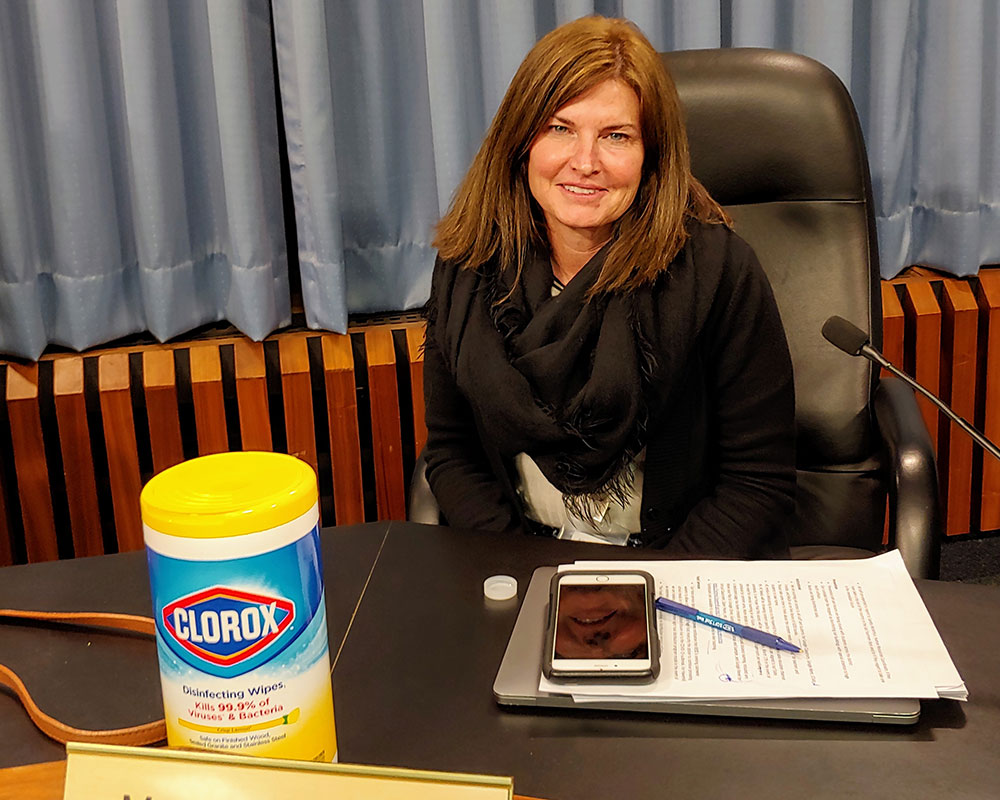Haverhill School Committee members approved a resolution calling for the state to increase education spending as the district faces a projected $11.1 million shortfall.
State education money, issued under Chapter 70 of state law, came in less than districts across the state were anticipating. Member Thomas Grannemann, who proposed the resolution, explained that, despite costs increasing significantly in fiscal years 2023 and 2024, aid did not increase accordingly. The law puts a cap on the size of the yearly boost, which he said has left Haverhill 6% behind where it should be in purchasing power.
Grannemann said he would take his resolution to school committees around the state, and committee Vice Chairperson Paul A. Magliocchetti said he would march on Beacon Hill if the district did not receive the money it so desperately needs.
Fending off accusations of mismanaging federal COVID-19 Elementary and Secondary School Emergency Relief Fund money, in part from “social media,” Superintendent Margaret Marotta said her office used it as the federal government intended—to support the return to in-person learning. She and Assistant Superintendent Michael J. Pfifferling gave a detailed presentation on the money’s use, which included one-time building updates, pandemic-era safety protocols and 60 staff positions to address behavioral needs and learning loss.
Member Richard J. Rosa said many of these expenditures came from over 40 hours of conversation he and Magliocchetti had about safety concerns with the teacher’s union in the summer of 2020.
“When people say, ‘Well you shouldn’t have spent on the staff,’ you know that doesn’t really make sense because we had two choices,” Rosa said. “One choice was, don’t do anything to support the kids or the other choice was to support the kids as long as we can. And, we chose to support the kids for as long as we can. Those are the two choices. So, if we have to scale back, we have to scale back, but either way, the money wasn’t going to be there. We can’t save the money.”
Magliocchetti agreed. “We did what we had to do. We gave as much support to them as we could to them on a daily basis. We did exactly what we were supposed to do with this money. For anyone to say otherwise, they don’t understand what the issues were, and they don’t understand how well prepared we were for the money coming to an end.”
The schools received $28.9 million to be used over four years, which Marotta pointed out translated to $890 per the roughly 8,100 students in the district.
With the committee going into executive session to discuss the contract with Education Support Professionals—or ESPS—at the end of the meeting, ESPs and their supports came out in force to speak during the public comment section. They acknowledged the upcoming tight budget, but pointed to their love for their work, their lack of a living wage, how much they support students and how many of their colleagues were leaving to nearby districts that paid better.
